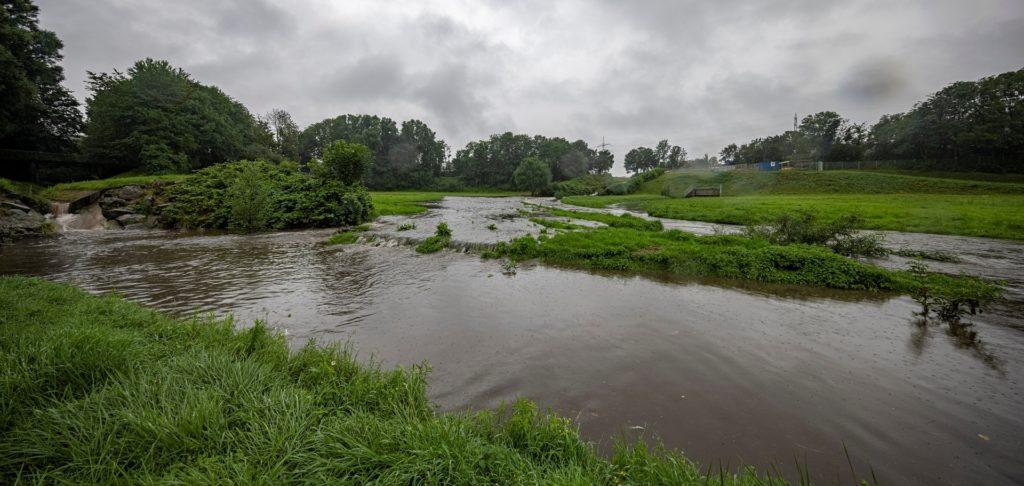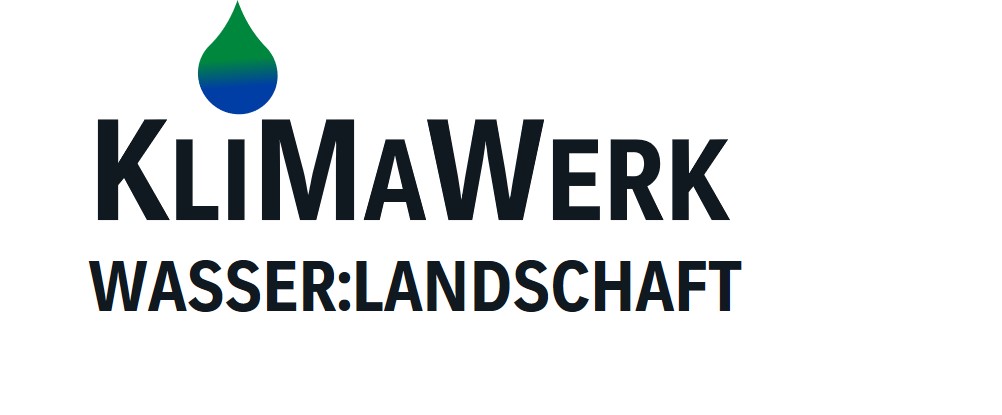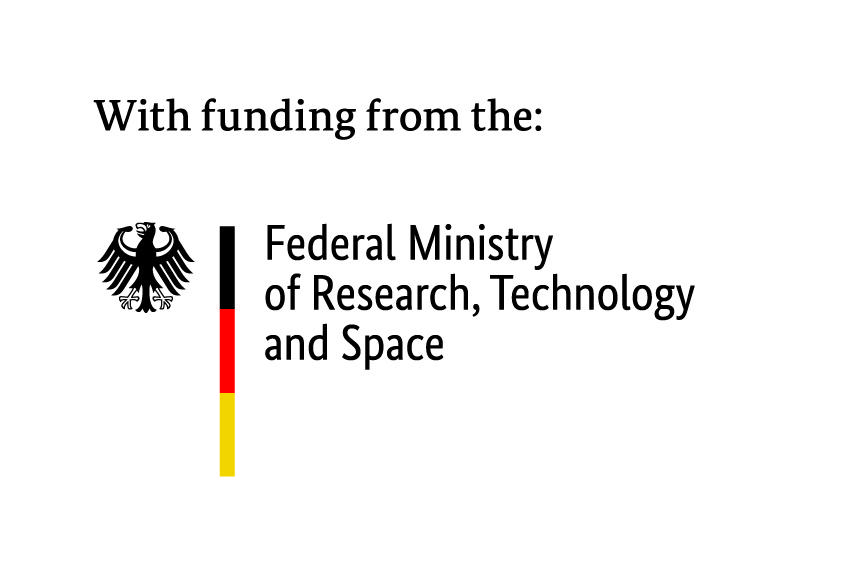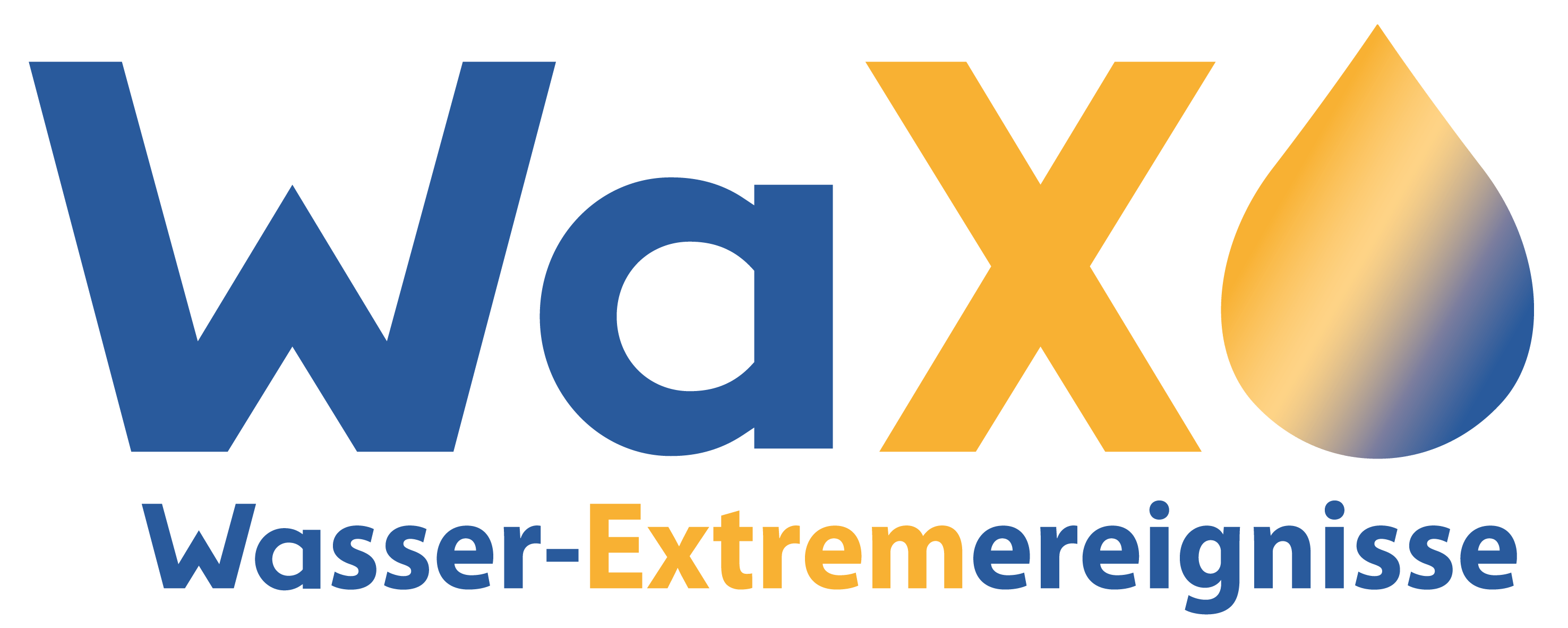KliMaWerk – Sustainable management of the landscape water balance to increase climate resilience: management and tools

Brief describtion
In the project, measures and strategies are developed to increase hydrological and ecological resilience for watercourses affected by climate change. Special consideration is given to low water and drying situations alternating with heavy rainfall events. By taking an integrated view of an entire river basin, both the ecological functions of the water bodies and competing water uses are taken into account. What is new here is the holistic view of the landscape water balance with all important actors instead of a narrow focus on individual spatial elements or individual user groups.
Concrete objectives of the project are (i) the development of a toolbox as a modular planning instrument for the targeted selection of integral management strategies and adapted measures for the establishment of a sustainable landscape water balance (strengthening of groundwater recharge and low water as well as controlled flood discharge) and for the prognosis of the effects of measures on the condition and performance of water bodies, (ii) a generally applicable automated software coupling of surface water and groundwater modelling as a basis for sustainable water-related planning in climate change, and (iii) the derivation of recommendations for dealing with low water and drought, taking into account types and intensities of use in rural and urban catchments.
The application of the developed tools will increase resilience to varying extreme weather situations and generate added value for society by ensuring sustainable landscape water management (water storage in wet periods and controlled use in dry periods).
Objectives
Objectives of the project are the development of a toolbox as a modular planning instrument for the targeted selection of integral management strategies and adapted measures for the establishment of a sustainable landscape water balance (strengthening of groundwater recharge and low water as well as controlled flood discharge) and for the prognosis of the effects of measures on the condition and performance of water bodies. A generally applicable, automated software coupling of surface water and groundwater modelling is essential here as a basis for sustainable water-related planning in climate change. For practical application, KliMaWerk aims to derive recommendations for dealing with low water and drought, taking into account types and intensities of use in rural and urban catchments.
Working packages (WP)
In this work package, the interactions between hydrological, material and ecological parameters in the two sample catchments are presented, as well as the expected effects of suitable measures that can be combined in packages of measures. This impact structure forms the basis for the planning of the field studies, the derivation of scenarios, the hydrological and material simulation models and the knowledge rules. Start of a first expert and stakeholder workshop involving the associated project partners.
In two representative sub-basins of the Lippe catchment, the following will be carried out in a total of 30 study sections: hydromorphological inventory of the water body sections, physico-chemical investigations in the water body, biological investigations in the water body and in the floodplain, in-situ measurements of ecosystem functions (production, respiration, decomposition); hydrogeological and hydraulic inventory in the groundwater, hydrochemical investigations in the groundwater, investigation in the soil. The investigations will run for 2 years for the most part.
The objective of WP3 is to map the current state of the water and material balance for the two sub-catchments and to develop upscaling strategies for the entire Lippe catchment. The detailed models NASIM and SPRING for the sub-catchments and the large-scale eco-hydrological model SWAT for the entire Lippe catchment are used.
By means of cross-impact balance analysis, the interactions between different packages of measures to achieve (potentially) conflicting objectives of the relevant sectors for the landscape water balance (e.g. agriculture, forestry, water management, industry and nature conservation) are determined under different socio-economic framework conditions and climate scenarios. Different Shared Socioeconomic Pathways will be analysed. At least two action and land use scenarios will be developed.
WP5 aims at modelling the scenarios provided in WP4, analysing the impact on the water and matter balance and the related ecosystem services. The ecological impacts of the scenarios are predicted using Bayesian modelling based on knowledge rules from WP1 and the field investigations from WP2. Based on this, ESSs are derived for the scenarios: Supply services: Water availability and regulation services: Low water regulation, groundwater recharge, habitats for biodiversity, CO2 fixation, nutrient retention. For each step, a sensitivity analysis is performed to describe uncertainties and limitations of the methodology
Description of best practice options through ecological river and river basin management as well as sustainable land use to strengthen low water runoff, increase material retention and promote the resilience of the biocoenosis based on the results of WP 1 – 5. Recommendations for the sustainable development of the landscape water balance through climate-resilient management planning, integration of multifunctional measures, as well as ecological and sustainable water use. The applicable product is a modular toolbox in the form of measure descriptions and a decision support system for the selection of measures. This is complemented by solutions for overcoming technical and governance-related obstacles and difficulties to the implementation of measures.
Dies wird ergänzt durch Lösungsansätze für die Überwindung technischer sowie Governance-bedingter Umsetzungshindernisse und -erschwernisse zur Maßnahmenumsetzung.
The project management by the Lippeverband coordinates the entire joint project, follows the specification and review of the work plan and the overall budget as well as the quality control and ensures the internal and external communication. This includes consortium meetings, dialogue-oriented public relations work and a communication strategy adapted to the target groups. In addition, there is the cooperation with the networking and transfer projects, the project documentation in the form of interim and final reports and the content and editorial consolidation of the reports of the project partners.

Coordinator:
Dr. rer. nat. Mario Sommerhäuser
Lippeverband
Partner Institutions:
- Lippeverband (LV)
- Universität Duisburg Essen (UDE) – Abteilung Aquatische Ökologie
- Universität Kiel (UKI) – Abteilung Hydrologie und Wasserwirtschaft
- Planungsbüro Koenzen (PBK)
- Hydrotec Ingenieurgesellschaft für Wasser und Umwelt (HYD) mbH
- delta-h Ingenieurgesellschaft (DEH) mbH
- Ecologic Institut (ECO) gemeinützige GmbH
Associated Partners:
- Bezirksregierung Münster (BRMS)
- Landwirtschaftskammer Nordrhein-Westfalen (LWK)
- Arbeitsgemeinschaft der Wasser- und Bodenverbände Westfalen-Lippe (WuB)
Project period:
01.02.2022- 31.01.2025


